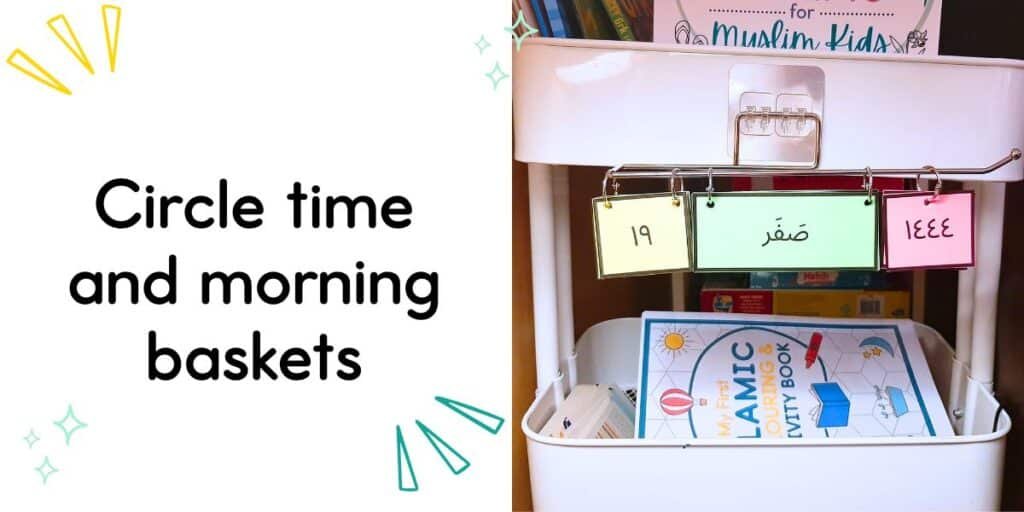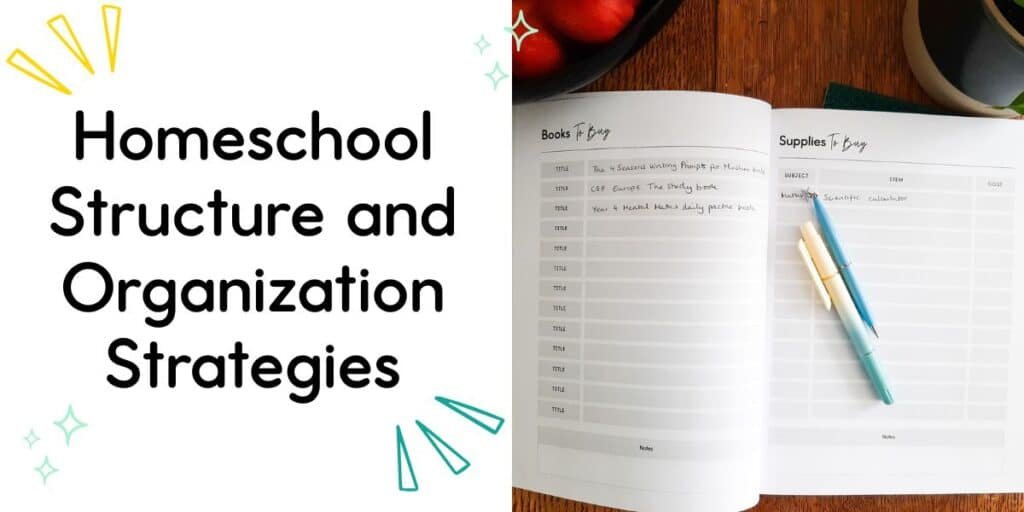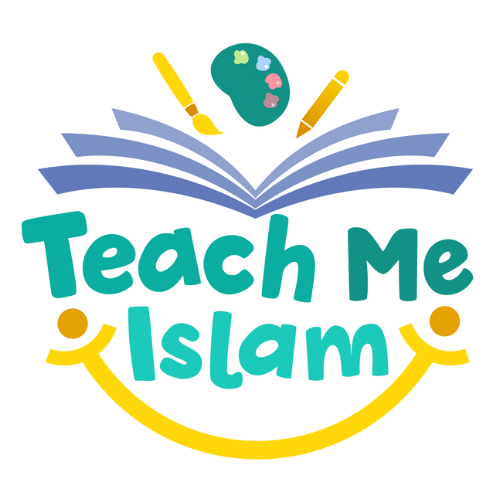Writing this blog post on homeschool organization feels ironic considering how much I have struggled over the years. I have tried so many different ways of organizing my homeschooling. Honestly, it’s likely that if you homeschool you’ll have to change how you structure your teaching and studying as your circumstances change. Whether you face kids growing older, interests changing or newborns arriving, it’s important to adapt and choose what works best for your family’s needs. Whilst I am not an expert, here are some homeschool structure and organization strategies I’ve tried that you might find helpful.

Circle time/morning basket
Time spent as a group learning together at the beginning of a school day or time slot is popular in lots of educational settings. As such, you’ll find it called lots of different names and variating in format quite a bit. At its core, it really is that simple though, time spent learning together first thing!
Schools often use ‘circle time’ several times a day to gather a class together. This can be to review phonics at the beginning of a literacy block or talk about the theme of the week at the beginning of the day. US schools tend to use morning meetings to build a sense of community within their classrooms.
The homeschool version is ‘morning baskets.’ I’ll defer now to Umm Khadija who has written a beautiful blog post about morning baskets and how she used them in her Muslim homeschool.
I’ve personally found it a bit tricky to find a good time for my kids who are very different ages to sit together in the mornings. However, I have found spending morning time with my kids individually really beneficial, especially when they were young. It is a brilliant time to reinforce the habits and information that needs to be repeated consistently. A great example is the calendar. You can spend 10 minutes noting the date in the hijri calendar and perhaps the day and month in Arabic. The repetition makes connecting to the hijri calendar and ensures they don’t just learn the months once and then promptly forget them. It also provides natural time to remind about important dates that are coming such as the day of Aashoora or one of the sacred months.
It’s a great homeschool organization technique as it helps you refocus on the big picture of your homeschool rather than just the individual lessons or tasks.

Timetable
Kids thrive on structure and to be honest there are a lot of parents that do too. Timetables have a bad reputation in some homeschooling circles because they can be used by parents to recreate school at home, rather than homeschool. School timetables are structured that way due to many factors that are not at all relevant for homeschoolers, for example, the length of the school day, the number of required contact hours or recommended periods; the number of subjects in the curriculum, the size of the teaching staff; and the availability of facilities.
A homeschool timetable is completely different as it is personal to you and your children’s needs. You don’t have to have lessons of a uniform length, you can have lunch at different times and you can start and stop the school day whenever you want. A timetable (no matter how personalised) can provide structure and routine which helps both you and your kids. Everyone knows what is expected and it prevents a lot of the negotiations that can be so exhausting.

Using time blocking for homeschool organization
Time blocking is a popular productivity technique. It’s often used by people to organize their work day but it works with homeschooling as well. Here’s an in-depth article explaining exactly what time blocking is and how to approach it.
There are lots of ways to use it in your homeschool. The first way is as a parent. You can set aside time blocks for subjects, or as I use it, for children. My mornings are primarily spent overseeing my son’s homeschooling, late mornings and early afternoons are with my eldest daughter and the late afternoons are with my youngest daughter. Of course, there are times when I cross over but in general, it means that I have prioritised each child for a portion of the day. This works well with the independent work technique that is coming up next.
Another way of organizing your Muslim homeschool using time-blocking is by time-blocking by subject. Rather than scheduling an hour for English and an hour for maths in the morning, you time-block the core subjects. That way if maths requires a bit more explanation one day but the English comprehension is straight-forward, then you can dedicate more time for maths. This flexibility works well and takes the pressure off kids. They know they have a block of time to learn rather than small pockets of time like 20 minutes for spelling. Chopping and changing from task to task can be counterproductive and disrupt the learning process.

Independent work as part of your homeschool organization
This is my current method of homeschool organization combined with time blocking. Instead of dividing the work into subjects, I separate work into independent work and work that needs to be taught or supervised closely. While I am focusing on my son, my daughter is completely working independently. If there is an issue, it is set to one side and when it’s her time with me, we go through it together.
This also works well when you have events crop up, urgent phone calls or a baby crying! You can just tell your kids to switch to independent work for 20 mins while you are occupied. Here is a blog post all about independent work, its many advantages to you and your child and examples of independent work for different ages.

Using to-do lists for homeschool organization
This may sound basic but if you’ve ever felt real satisfaction from crossing off items from your to-do list, you’ll understand the appeal of this organizational method.
Instead of scheduling time, instead, have a list of activities or tasks for the day. This really helps children who are motivated by targets. It gives them something practical to aim for. Instead of just 30 mins of maths, they know they have to complete two pages of long division practice. It also motivates them to be efficient if they can have time to spend on their chosen activities after they complete their list. You need to be really clear about your expectations for their quality of work though. Otherwise, kids will just rush their work to finish quickly. If you make them re-do poor or obviously rushed work, they soon learn that shortcuts can sometimes cost you more time!

Free resources to help you teach kids about Islam
I hope you have found these tips for homeschool organisation useful. If you would like to get FREE resources designed with Muslim homeschoolers in mind, click here to gain access to the free resource library.






